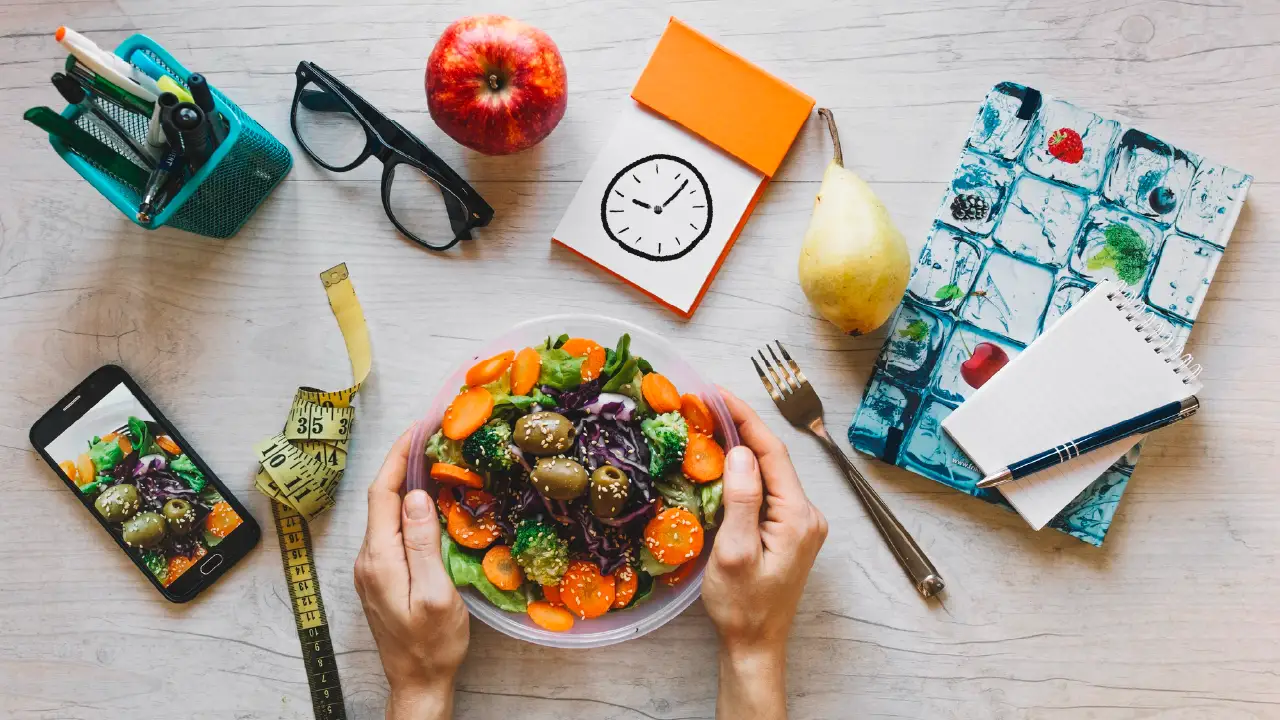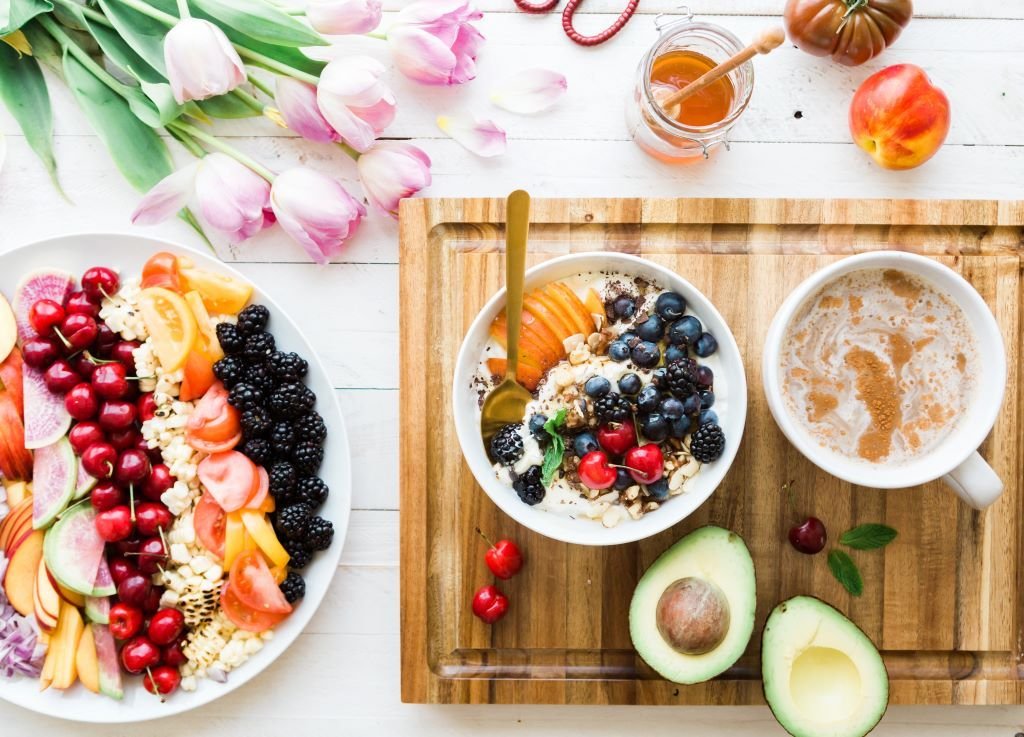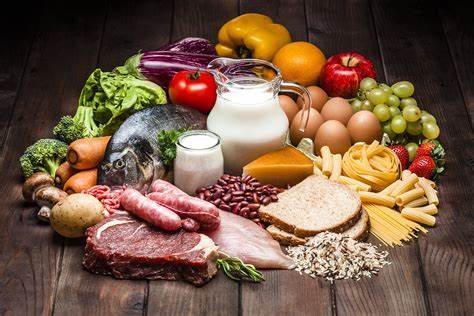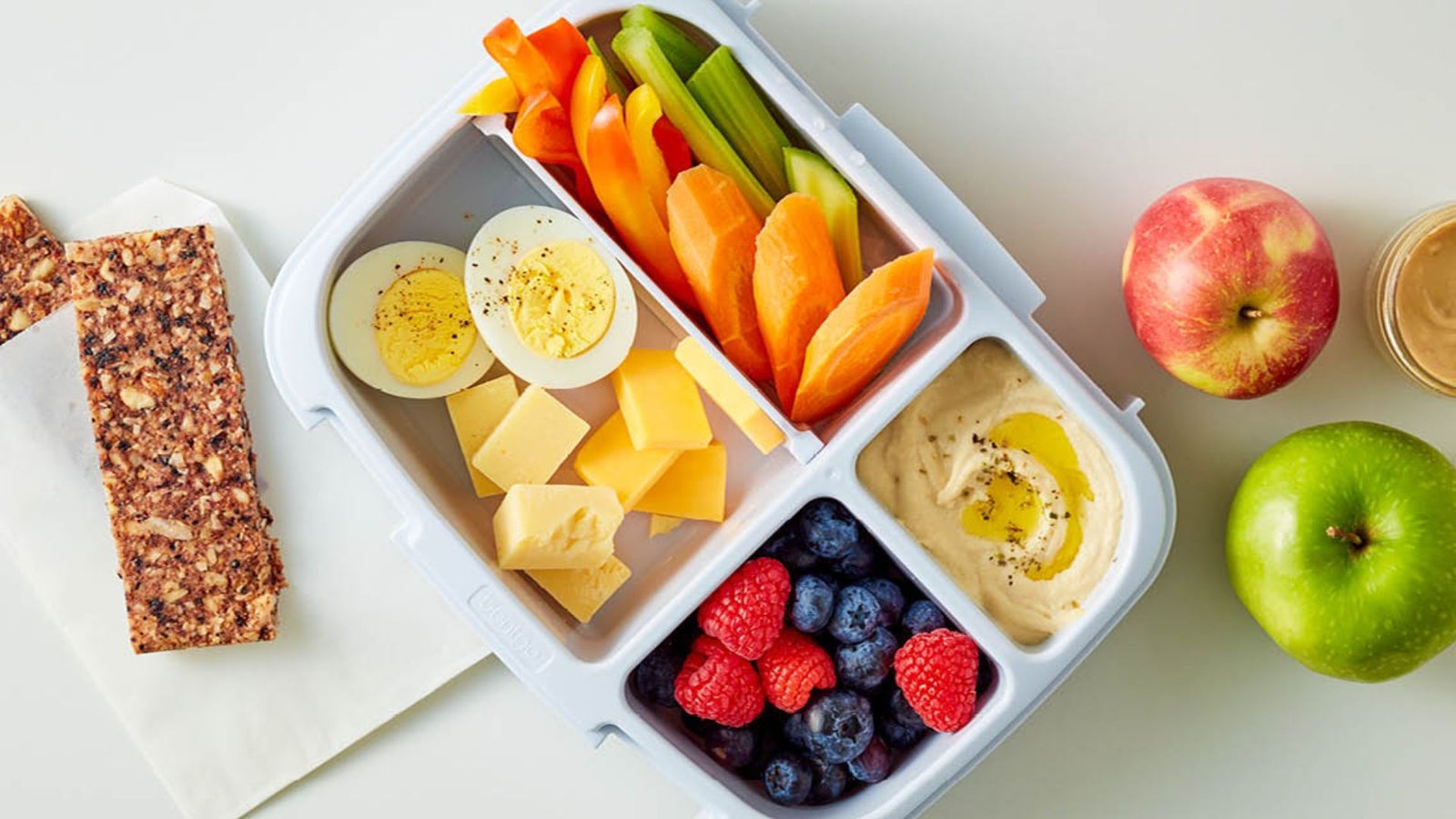Meal planning is an effective way to ensure you’re eating a healthy, balanced diet throughout the week. It helps save time, reduce stress, and improve your overall nutrition by allowing you to focus on portion control, nutrient balance, and variety. With a little preparation, meal planning can become a simple, rewarding routine that supports your health goals.

Set Clear Goals
Before diving into meal planning, it’s essential to set your nutritional goals. Whether you’re trying to lose weight, maintain your current weight, increase muscle mass, or simply eat healthier, defining your objective will guide your choices. Consider whether you need more protein, fiber, or vitamins and minerals, and plan meals accordingly.
Understand Nutritional Balance
A healthy, balanced diet consists of the right proportions of macronutrients (carbohydrates, proteins, and fats) and micronutrients (vitamins and minerals). Your meals should include:
- Carbohydrates: Focus on whole grains, such as brown rice, quinoa, and oats, for sustained energy.
- Proteins: Include lean protein sources like chicken, fish, beans, tofu, and eggs for muscle repair and growth.
- Fats: Incorporate healthy fats from sources like avocados, nuts, seeds, and olive oil to support brain function.
- Fruits and Vegetables: Aim to fill half your plate with fruits and veggies to ensure you’re getting essential vitamins, fiber, and antioxidants.
Plan a Week’s Worth of Meals
Start by planning a week’s worth of meals. This approach allows you to visualize how each day’s meals and snacks will meet your dietary goals. You can even designate specific meal themes for certain days, like “Meatless Monday” or “Fish Friday,” to introduce variety. Use a calendar or app to map out breakfast, lunch, dinner, and snacks.
Prepare a Grocery List
Once your meal plan is ready, create a detailed grocery list. This will help you stay organized and ensure you have all the ingredients you need for the week. Sticking to your list also minimizes impulse buying, helping you avoid unhealthy processed foods.
Batch Cooking and Prepping
Batch cooking is a time-saving strategy that involves preparing large quantities of meals or meal components in advance. For instance, you can cook a big batch of quinoa, roasted vegetables, or grilled chicken on Sunday and use these throughout the week in different recipes. Prepping your ingredients—such as chopping vegetables or portioning out snacks—will make it easier to assemble meals quickly.
Mix and Match Meals
Variety is key to preventing meal fatigue. Plan versatile meals that can be easily modified. For example, grilled chicken can be used in salads, wraps, or stir-fries. You can also switch up the flavors by using different spices and sauces to keep meals exciting.
Focus on Portion Control
Meal planning allows you to control portions, which is crucial for maintaining a balanced diet. Use measuring cups or a food scale to ensure you’re eating appropriate serving sizes of proteins, carbohydrates, and fats. Proper portion control helps prevent overeating and ensures you’re getting the right nutrients in the right amounts.
Incorporate Healthy Snacks
Don’t forget to plan for snacks! Healthy snacking can prevent overeating during meals and keep your metabolism steady. Include options like fresh fruit, nuts, yogurt, or vegetable sticks with hummus in your meal plan to satisfy cravings in a nutritious way.
Stay Flexible
While meal planning is an excellent tool for staying on track, it’s important to stay flexible. Life happens, and you may need to adjust your meals on certain days. If you need to switch meals around or eat out, simply aim to make healthy choices and get back on track the following day.
Monitor Progress and Adjust
Track your progress and assess how your meal plan is working for you. If you’re meeting your health goals and feeling energized, great! If not, consider adjusting portion sizes, incorporating more whole foods, or adding variety. Meal planning is a flexible system that you can fine-tune as your needs and preferences change.
Conclusion
Meal planning is a powerful tool that can help you maintain a healthy, balanced diet with minimal stress. By setting goals, understanding nutrition, and organizing your meals, you can ensure you’re eating well while saving time and effort. With a bit of preparation, you’ll find meal planning not only improves your diet but also makes eating healthy a more enjoyable experience.




